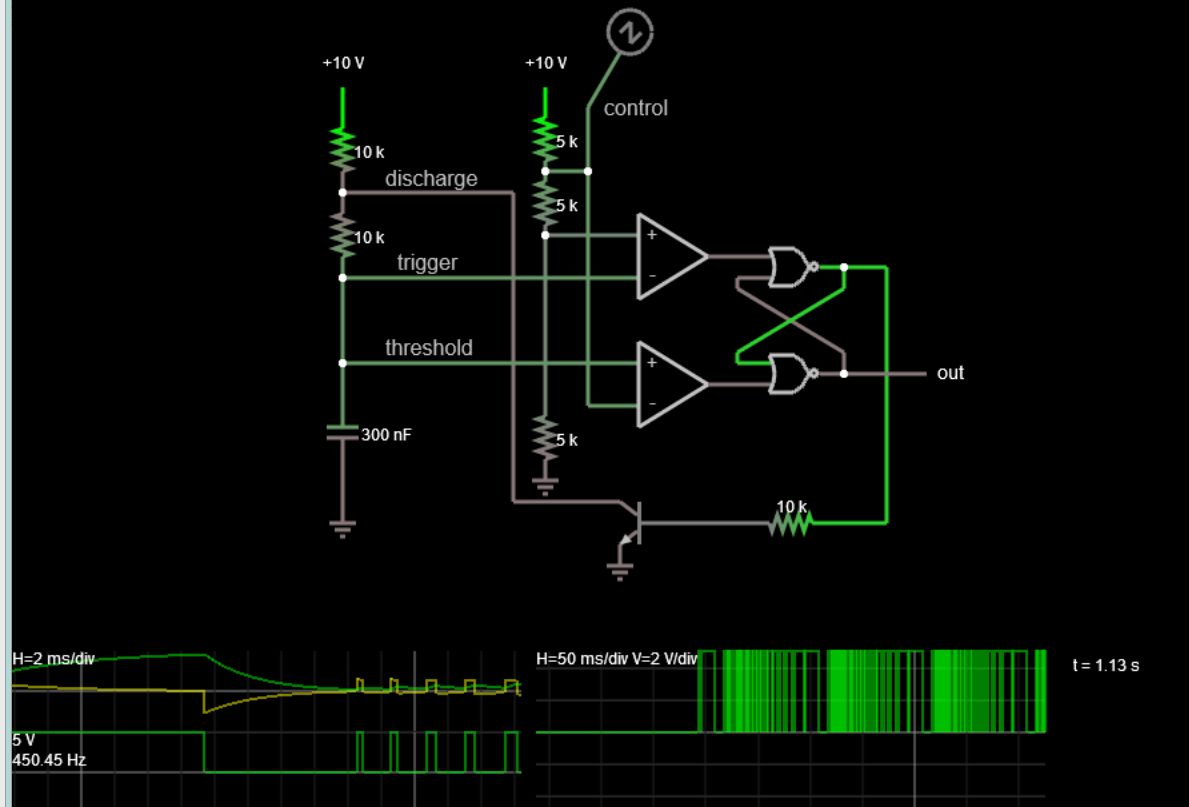d123
Advanced Member level 5
Hi,
I have been looking at simple BJT hFE tester circuits, and reading up on them a bit. What I wanted to specifically check is:
a) To make a rudimentary hFE tester to sort a few NPN and PNP BJTs into gain batches (70 - 80, 80 - 90, 90 - 100, etc.).
Is the main point to inject a constant current (100uA, 1mA, etc.) into the base of the DUT, and - for example - measure the voltage across a shunt resistor?
b) Is the matter of also testing for leakage of great importance for the above purpose, or for my basic requirement (approximate gain measurement and classification) can I skip that part of the circuit?
I ask as not that many of the schematics I've seen include this feature.
c) I have limited knowledge of biasing transistors, but from what I've read so far on hFE testers the topic gets scant comment, so have a doubt as to whether I also need to bias the base voltage.
Would I need to set the Vbe voltage, or is the base current all that matters for this circuit?
Thanks.
I have been looking at simple BJT hFE tester circuits, and reading up on them a bit. What I wanted to specifically check is:
a) To make a rudimentary hFE tester to sort a few NPN and PNP BJTs into gain batches (70 - 80, 80 - 90, 90 - 100, etc.).
Is the main point to inject a constant current (100uA, 1mA, etc.) into the base of the DUT, and - for example - measure the voltage across a shunt resistor?
b) Is the matter of also testing for leakage of great importance for the above purpose, or for my basic requirement (approximate gain measurement and classification) can I skip that part of the circuit?
I ask as not that many of the schematics I've seen include this feature.
c) I have limited knowledge of biasing transistors, but from what I've read so far on hFE testers the topic gets scant comment, so have a doubt as to whether I also need to bias the base voltage.
Would I need to set the Vbe voltage, or is the base current all that matters for this circuit?
Thanks.

